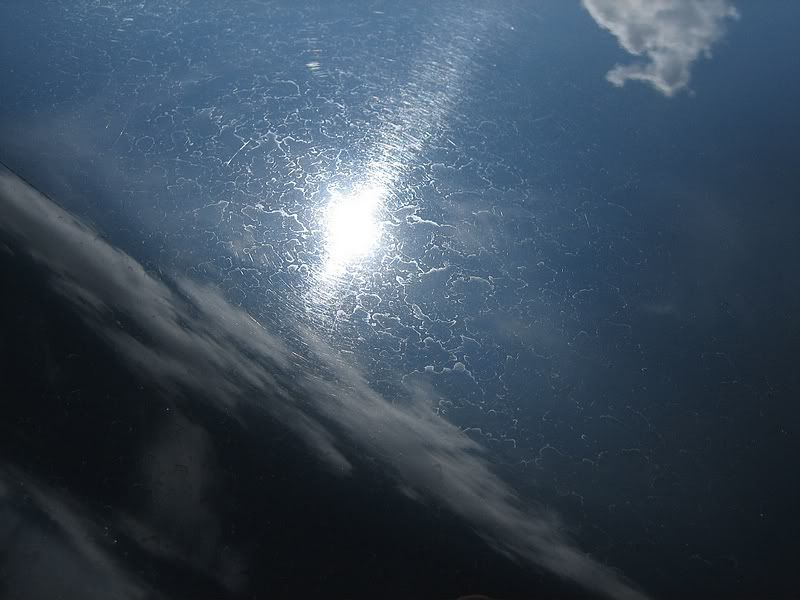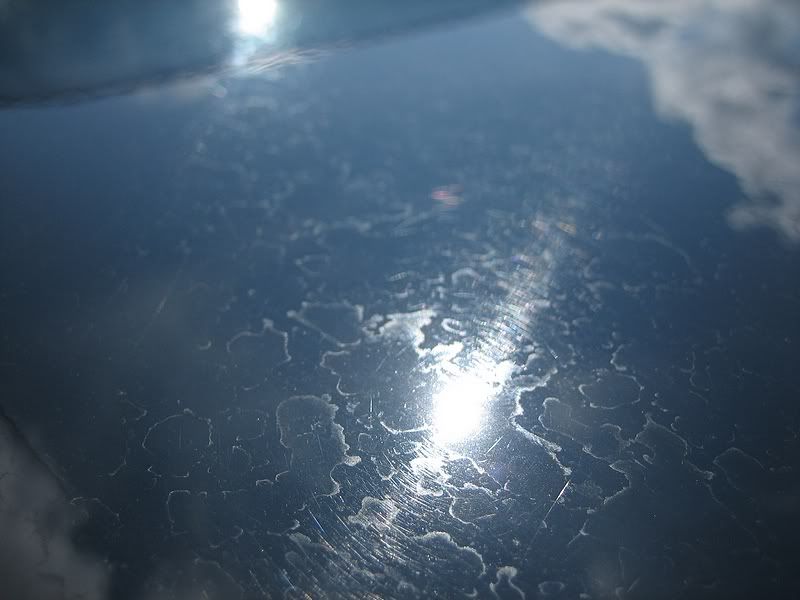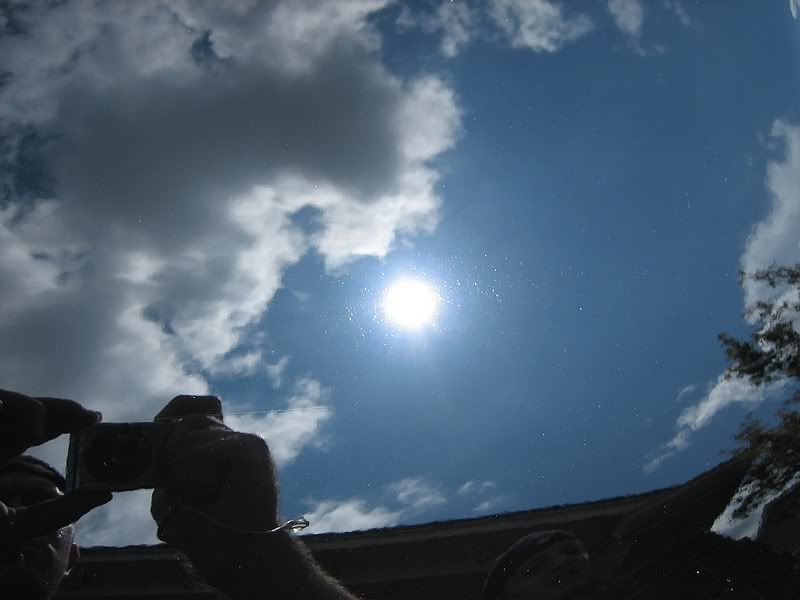imported_turbomangt
New member
Well, I regretefully have to say that I came up short on a detail over the weekend. I had a customer drive 450 miles to have me detail his car, (300c) he had a wedding to attend 75 miles from me so he dropped the car on Sat and was picking it up Sun, The one thing he wanted me to do was remove the water spots on the hood and roof. Their were hundreds of them, and I tried the following with no luck what so ever. First I tried every cleaner polish/compound in my inventory. Next, I used CLR, vinegar, even wheel acid, it didn't even phase them. I them called my friend Steve with Poorboys, did what he suggested which was to try to chemically remove with his P Polish, he said to put on a layer and leave it on over night, I was optimistic that would work, but the next day when I removed it they were still there. I can only summize that these spots "ecthed" the clear and once that barrier is broken, the damage is done. I was not going to wet sand the entire roof and hood, I did not feel comfortable doing that, I think that would open a can of worms. If anyone has any feedback to this situation, or have encountered same, please share your experience. I gave the owner a discount on the detail., but I felt like I really dropped the ball. gary



